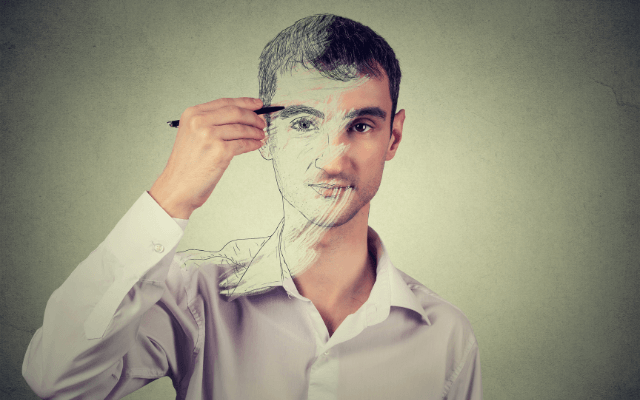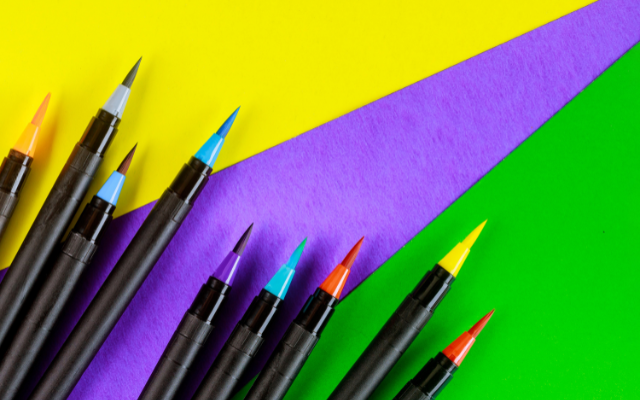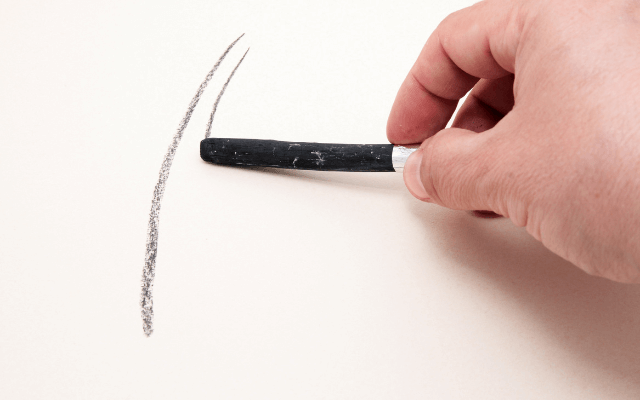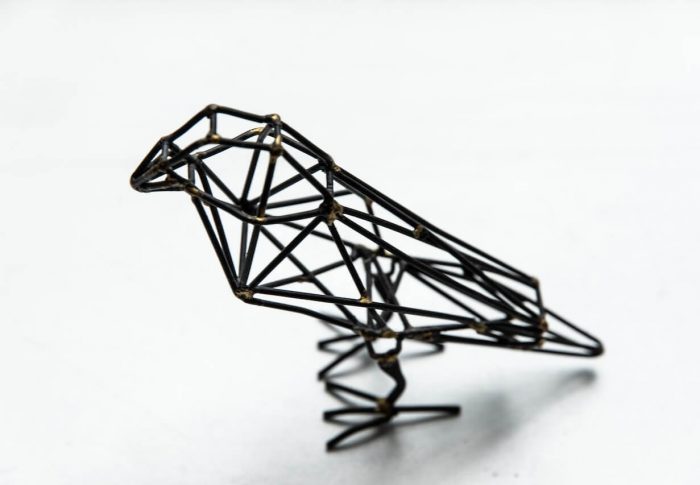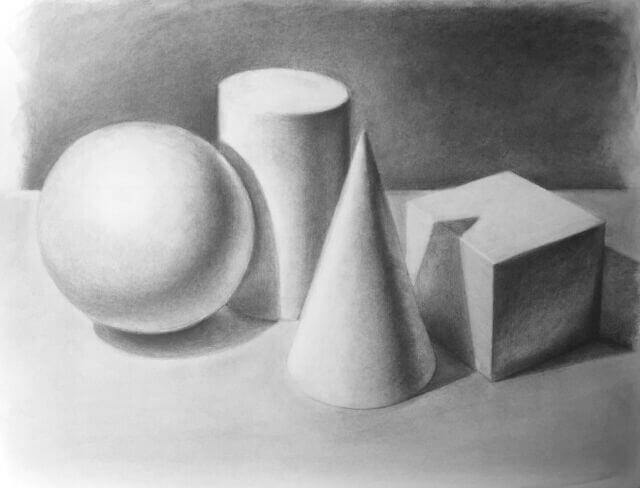
Understanding Light and Shadow in Painting
Painting is an art form that captures the essence of a moment and brings it to life on canvas. One of the crucial elements that can make or break the overall effect of a painting is the proper use of light and shadow.
Understanding the science behind light and shadow in painting is essential for creating realistic and believable artwork.
In this blog post, we will explore the science of light and shadow in painting, from the basics of how light travels and creates shadows to the impact of light and shadow on colors and techniques for painting them.
Join us on this journey to discover the art of creating dynamic and compelling works of art through the science of light and shadow.
Understanding the Basics of Light and Shadow
The basic principle of how light and shadow work in painting is that light travels in straight lines and illuminates objects that it encounters, creating shadows where it is blocked or absorbed. When light hits an object, it can either be reflected, absorbed, or transmitted through the object.
In painting, artists use the principles of light and shadow to create the illusion of three-dimensional space on a two-dimensional canvas. By using various lighting techniques, artists can create the impression of volume and depth in their paintings.
To create a realistic sense of light and shadow, artists need to understand the properties of light and how it interacts with different surfaces. For example, the angle of the light source can impact the intensity and direction of the shadows cast. Additionally, the surface of the object can impact how light is reflected or absorbed, which can impact the appearance of shadows.
Overall, the basic principle of how light and shadow work in painting is that light illuminates objects and creates shadows where it is blocked or absorbed. By understanding these principles, artists can create the illusion of three-dimensional space on a two-dimensional canvas and bring their paintings to life.
The Importance of Understanding Light and Shadow in Painting
Understanding the science of light and shadow is essential for artists because it is one of the key elements that can make a painting appear realistic and believable. By using light and shadow effectively, artists can create the illusion of depth and dimension, making a flat canvas appear three-dimensional.
In addition to creating a sense of depth, light and shadow can also be used to evoke emotions and create a mood in a painting. For example, a painting with soft, diffused lighting may convey a sense of peace and calmness, while harsh, dramatic lighting may create a sense of tension and drama.
Moreover, the proper use of light and shadow can also impact the color of the painting. Light can alter the appearance of colors, creating highlights and shadows that enhance the overall effect of the painting.
Without an understanding of the science of light and shadow, an artist may struggle to create a convincing and impactful painting. By mastering this fundamental aspect of painting, artists can create dynamic and compelling works of art that capture the essence of a moment and bring it to life on canvas.
How can light and shadow be used to create the illusion of depth and texture in a painting?
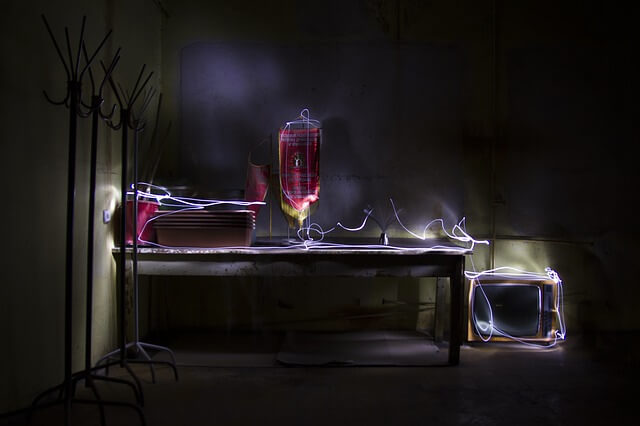
Light and shadow can be used to create the illusion of depth and texture in a painting in several ways. Here are some examples:
Highlight and Shadow: By using highlights and shadows, artists can create the illusion of three-dimensional form. The lightest parts of an object receive direct light, while the darkest parts are in shadow. The gradation of tones in between creates the impression of rounded form, making the object appear more three-dimensional. This technique can be used to create the illusion of depth and texture, especially when painting realistic objects.
Chiaroscuro: Chiaroscuro is a technique where artists use strong contrasts of light and dark to create a sense of depth and volume. By placing areas of deep shadow next to areas of bright light, artists can create the illusion of a three-dimensional space. Chiaroscuro can be used to create a dramatic effect and can be seen in works by artists such as Caravaggio and Rembrandt.
Atmospheric Perspective: Atmospheric perspective is a technique where artists use the effects of light and atmosphere to create the illusion of depth. In the distance, objects appear less detailed and less saturated in color, and the contrast between light and shadow becomes less distinct. This technique can be used to create the impression of a vast space and can be seen in works by artists such as Leonardo da Vinci and Claude Monet.
Impasto: Impasto is a technique where artists use thick layers of paint to create texture on the surface of the canvas. By applying paint thickly and leaving visible brushstrokes, artists can create the illusion of depth and texture, particularly when the light source creates shadows on the raised surface of the paint.
In summary, light and shadow can be used to create the illusion of depth and texture in a painting by using techniques such as highlight and shadow, chiaroscuro, atmospheric perspective, and impasto. These techniques can help to create a more convincing and realistic representation of the subject matter and can enhance the overall impact of the painting.
How Light and Shadow Affect Colors
The quality and intensity of light can significantly impact the colors in a painting. Here are some ways in which this can happen:
Hue: The hue of a color can appear different depending on the quality and intensity of the light. For example, under a warm yellow light, colors with a cool hue like blue or green may appear slightly warmer or more yellow. Similarly, under a cool blue light, colors with a warm hue like orange or red may appear cooler or bluer. This is known as color temperature.
Saturation: The intensity of light can also impact the saturation of colors in a painting. Under bright and intense light, colors may appear more saturated and vibrant. Conversely, under low light conditions, colors may appear duller and less saturated.
Value: The value or brightness of colors can also be affected by the quality and intensity of light. For instance, colors in direct light may appear brighter and lighter than those in shadow, which can appear darker and less saturated.
Shadows: The shadows created by light can also have an impact on the colors in a painting. Shadows can alter the hue and saturation of the colors they fall upon, as well as create contrast and depth in the painting.
Reflections: The reflective properties of the objects in a painting can also be influenced by the quality and intensity of light. For example, metallic objects can reflect the light in a way that creates a dramatic effect, while matte surfaces may absorb light, making them appear darker.
Overall, the quality and intensity of light can have a significant impact on the colors in a painting. By understanding how light can alter the appearance of colors, artists can make informed decisions about the lighting and color palette they choose for their paintings.
What are some techniques that artists can use to paint light and shadow?
There are several techniques that artists can use to paint light and shadow in their works. Here are some of the most commonly used techniques:
Underpainting: An underpainting is a technique where the artist creates a monochromatic base layer of paint before applying color. This layer can be used to establish the values and shading in the painting. For example, artists may use a warm-toned underpainting to establish the shadows in a portrait.
Glazing: Glazing is a technique where the artist applies thin layers of transparent paint over a previously painted surface. This technique can be used to create the effect of light passing through a surface or to adjust the color temperature of an area. For instance, an artist may glaze a cool color over a warm underpainting to create the effect of light shining on the surface.
Scumbling: Scumbling is a technique where the artist applies a thin, opaque layer of paint over another layer to create the effect of texture or to lighten an area. This technique can be used to create the effect of light shining on a surface or to adjust the value of an area. For example, an artist may scumble a light color over a dark area to create the effect of light hitting the surface.
Impressionism: Impressionist painters used a technique of applying small, broken brushstrokes of paint to create the impression of light and color in their works. This technique can be used to create the impression of a specific lighting condition or to create the effect of shimmering light on water or other reflective surfaces.
Chiaroscuro: As mentioned earlier, chiaroscuro is a technique where the artist uses strong contrasts of light and dark to create a sense of depth and volume. This technique can be used to create dramatic lighting effects and can be seen in works by artists such as Caravaggio and Rembrandt.
In summary, there are several techniques that artists can use to paint light and shadow in their works, including underpainting, glazing, scumbling, impressionism, and chiaroscuro. By using these techniques, artists can create the impression of specific lighting conditions and enhance the impact of their paintings.
Conclusion
Understanding the science of light and shadow in painting is essential for creating dynamic and compelling artwork. Light and shadow can be used to create depth, contrast, and texture in a painting.
The colors in a painting can also be affected by the quality and intensity of the light source. By using different techniques, artists can create unique and compelling works of art that capture the essence of a moment.

